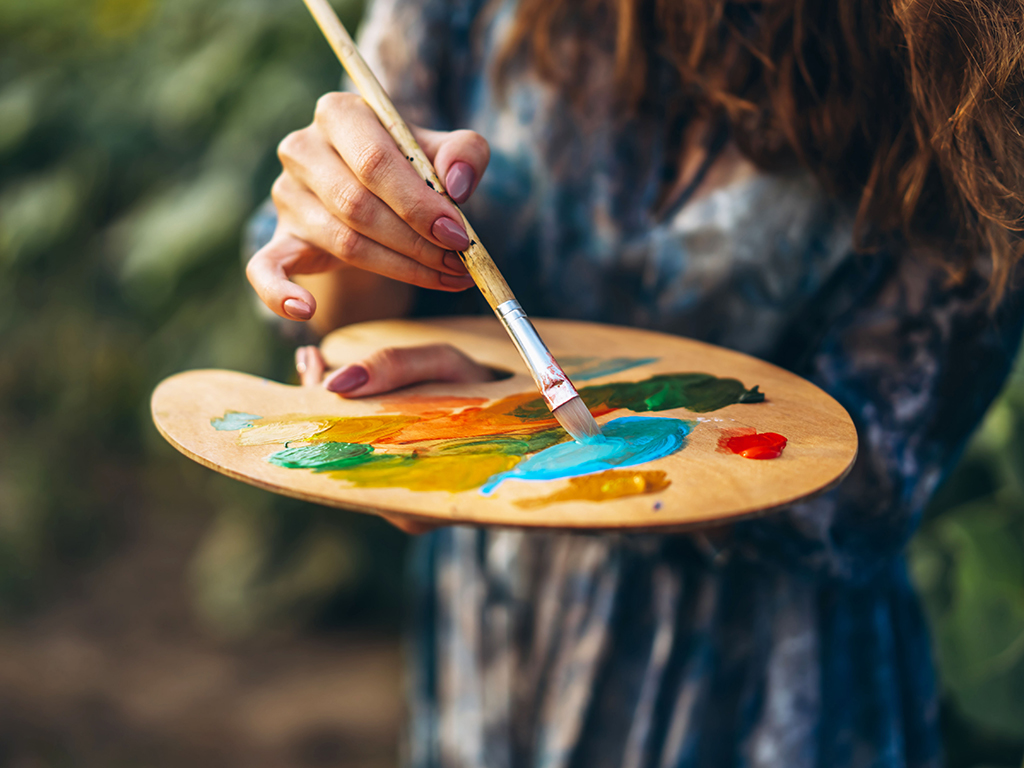
Painting is an enjoyable and rewarding activity that allows hen party beginners to explore their artistic side. Whether you have never picked up a brush before or dabbled in art years ago, this article will provide you with essential techniques and tips to make your painting experience fun and fulfilling. From understanding color theory to creating texture and adding personal touches, let's delve into the world of painting and unleash your creativity!
Choosing the Right Materials:
Before you start your painting journey, it's important to have the right materials. Here is a list of essential supplies: paints, brushes, canvases, and palettes. Acrylic paints are versatile and beginner-friendly, while oil paints offer richness and depth. Different brush sizes and shapes allow for various strokes, and canvases provide a sturdy base for your artwork. Palettes help mix and blend colors effectively, so be sure to have one on hand.
Preparing the Workspace:
Creating a comfortable and organized painting environment is crucial for an enjoyable experience. Clear a well-lit area and lay down protective sheets to prevent any accidental spills. Keep your materials within reach and organize them in a way that suits your painting style. This will help you stay focused and make the most of your time.
Understanding Color Theory:
Color theory forms the basis of every painting. By understanding the basics, you can create harmonious and visually appealing compositions. Start by learning about the color wheel and how primary, secondary, and tertiary colors interact. Experiment with mixing and blending colors to create new shades and tones. Understanding warm and cool colors will also enhance the overall mood of your artwork.
Exploring Different Brush Techniques:
Brushes are the tools that bring your vision to life. Familiarize yourself with various brush strokes, such as wash, dry brush, and stippling. A wash creates a smooth and even layer, while dry brush strokes add texture and depth. Stippling involves using a stipple brush or tapping the bristles to create a speckled effect. Experiment with these techniques to add interest and variety to your paintings.
Creating Texture:
Texture adds dimension and interest to your artwork. Experiment with palette knives or sponges to create different textures on your canvas. Palette knives allow you to apply thick layers of paint and create bold, impasto strokes. Sponges can be used to create soft and blended textures, perfect for backgrounds or adding details.
Basic Composition:
Composition refers to the arrangement of elements within a painting. Understanding composition will help you create a balanced and visually pleasing artwork. Consider the rule of thirds, where you divide your canvas into a grid and place your focal point along the intersecting lines. Experiment with different compositions to find what works best for your painting.
Step-by-Step Painting Demonstration:
Let's walk through a simple painting project, breaking it down into easy-to-follow steps. Start by sketching your subject lightly on the canvas, then block in the basic shapes and colors. Gradually add details, layering colors and adjusting tones as you progress. Remember to take your time and enjoy the process. Following this step-by-step approach will build your confidence and help you create a beautiful painting.
Troubleshooting Tips:
Painting can sometimes present challenges, but with a few simple tips, you can overcome them. If you make a mistake, don't panic! Allow the paint to dry and gently scrape away the unwanted area with a palette knife. Blending issues can be resolved by layering translucent glazes or using a dry brush technique. Remember, mistakes are opportunities for growth and learning.
Adding Personal Touches:
One of the joys of painting is expressing your unique style and creativity. Don't be afraid to add your own personal touches to your artwork. Whether it's a splash of your favorite color or a signature brushstroke, infusing your personality into your paintings will make them truly one-of-a-kind.
Tips for Group Painting:
If you're hosting a hen party, painting can be a fantastic group activity. Encourage collaboration and create a fun and relaxed atmosphere. Provide each participant with their own materials and a designated workspace. Consider themes or prompts to inspire creativity and conversation. Remember, the goal is to have fun and create lasting memories together.
Celebrating Achievements:
Completing a painting is a moment of joy and accomplishment. Display your finished artwork proudly or gift it to someone special. Frame it, hang it on a wall, or create a gallery on a corkboard. Celebrate your achievements and take pride in the artwork you have created.
Additional Resources:
To further enhance your painting skills, consider exploring additional resources such as painting tutorials, online classes, or art books. These resources can provide in-depth knowledge, techniques, and inspiration to help you grow as an artist.
In conclusion, painting offers a world of creativity and self-expression for hen party beginners. With the right materials, a comfortable workspace, and a solid understanding of essential techniques, you can embark on a fun and rewarding painting journey. Remember to add your personal flair, embrace challenges, and celebrate your achievements. So grab a brush, unleash your creativity, and let painting become a cherished part of your artistic journey.
